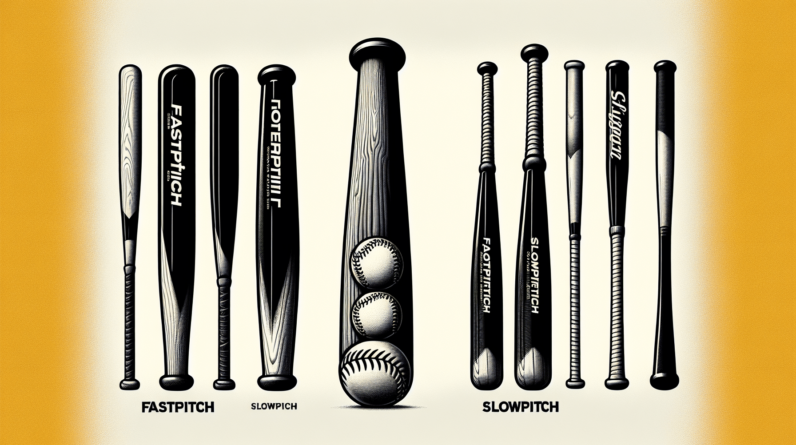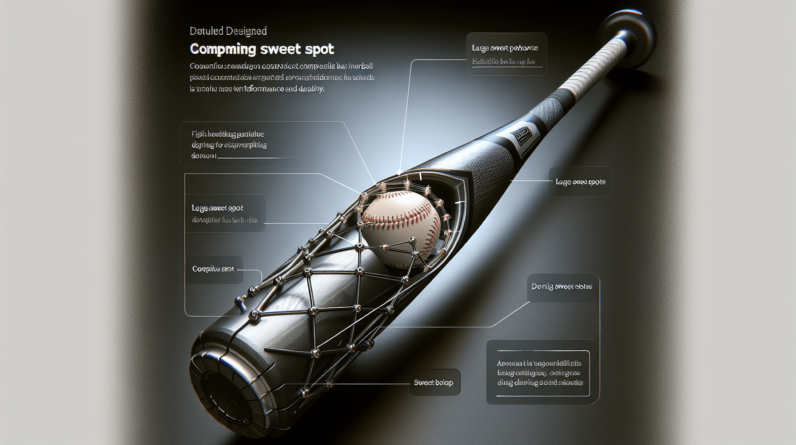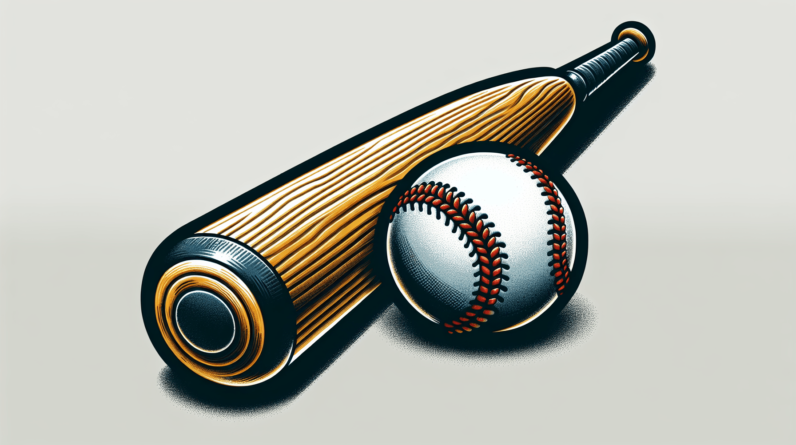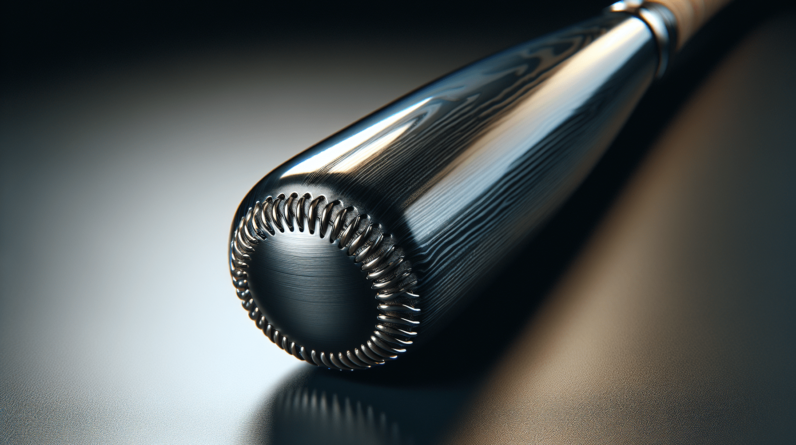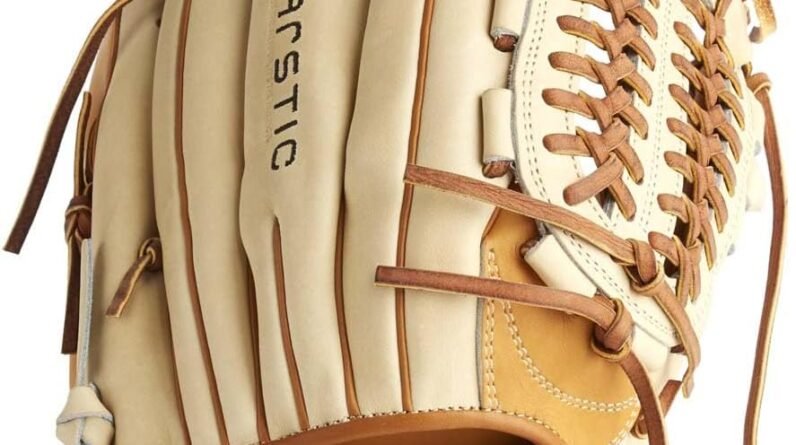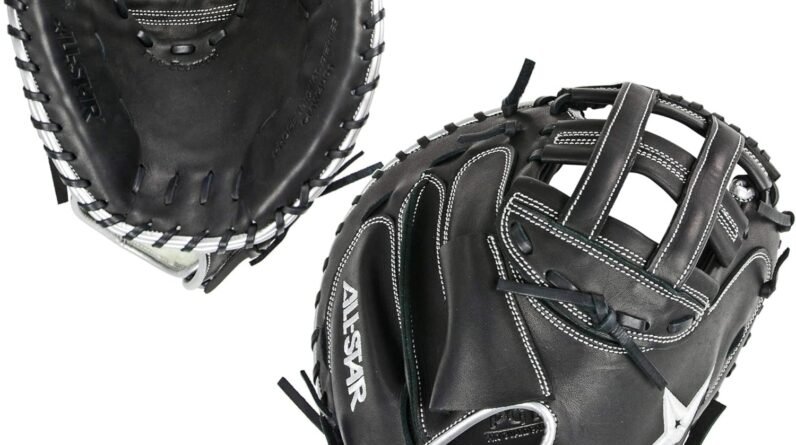So you’re gearing up for your first softball game and you’re wondering, “Is there a difference between softball and fastpitch bats?” Well, the answer is yes! While both sports may seem similar, there are actually distinct differences in the type of bats used. Softball bats are typically shorter and heavier, designed for slower-pitched games, while fastpitch bats are longer, lighter, and built for high-speed pitching. In this article, we’ll explore these differences in more depth, helping you choose the right bat for your game. So let’s get started!
Softball Bats
Construction
Softball bats are typically made of a one-piece construction or two-piece construction. One-piece construction refers to bats that are made from a single material, while two-piece construction refers to bats that have a separate handle and barrel. The construction of a softball bat plays a crucial role in its performance, durability, and feel.
Length and Weight Distribution
Softball bats come in various lengths and weight distributions to suit different players’ preferences and hitting styles. The length of a softball bat is measured in inches, and the weight distribution refers to how the weight is distributed along the bat’s length. Some players prefer a balanced bat with an even weight distribution, while others prefer an end-loaded bat with more weight towards the barrel.
Barrel Diameter
The barrel diameter of a softball bat also differs depending on the league and game type. In most cases, slowpitch softball bats have a larger barrel diameter compared to fastpitch softball bats. The barrel diameter can affect the bat’s sweet spot and overall hitting performance.
Material
Softball bats can be made from various materials, including aluminum, composite, and wood. Aluminum bats are commonly used in recreational leagues and offer a good combination of performance and durability. Composite bats are known for their trampoline effect and are preferred by many competitive players. Wood bats are mostly used in professional leagues and have a classic feel and sound.
Bat Performance Standard
Softball bats are subject to different performance standards depending on the league and game type. The most common performance standard for softball bats is the Bat Performance Factor (BPF). BPF measures the trampoline effect of the bat and indicates the ratio of the ball’s exit speed to the pitch’s initial speed.
Regulations and Certifications
To ensure fair play and maintain a level playing field, softball bats must meet certain regulations and certifications. Different leagues and organizations have specific rules regarding bat performance, weight, length, and material. Bats that meet these regulations are certified and marked with appropriate approval stamps.
Fastpitch Bats
Construction
Fastpitch bats also come in one-piece and two-piece constructions similar to softball bats. The construction of a fastpitch bat affects its performance, durability, and overall feel. Some players may prefer the stiffer feel of a one-piece bat, while others may opt for the flex and added trampoline effect of a two-piece bat.
Length and Weight Distribution
Just like softball bats, fastpitch bats are available in various lengths and weight distributions. Players can choose a bat length and weight distribution that helps them maximize their swing speed, power, and hitting performance. It’s crucial to find the right balance between bat length and weight to achieve optimal results at the plate.
Barrel Diameter
Fastpitch bats generally have a smaller barrel diameter compared to slowpitch softball bats. The smaller barrel diameter allows for better bat control and increased bat speed, which are essential in fastpitch softball games. The barrel diameter can influence the sweet spot and hitting performance of a fastpitch bat.
Material
Similar to softball bats, fastpitch bats are made from different materials, including aluminum, composite, and wood. Each material offers a unique combination of performance, durability, and feel. The choice of material often depends on the player’s skill level, hitting style, and personal preference.
Bat Performance Standard
Fastpitch bats are also subject to performance standards like softball bats. The most common performance standard for fastpitch bats is the Bat Exit Speed Ratio (BESR). BESR measures the ratio of the ball’s exit speed to the pitch’s initial speed and helps ensure fair play and player safety.
Regulations and Certifications
To maintain fair play and competitive balance, fastpitch bats must adhere to specific regulations and certifications. Leagues and organizations have guidelines regarding bat performance, weight, length, and material. Fastpitch bats meeting these regulations undergo testing and receive appropriate certifications to ensure their compliance.
Key Differences
Game Type
The key difference between softball and fastpitch is the game type. Softball is a broader term that encompasses both slowpitch and fastpitch variations. Slowpitch softball is played at a more leisurely pace, with a lob or underhand pitching style. Fastpitch softball, as the name suggests, involves faster pitching and a more competitive atmosphere.
Pitching Style
In slowpitch softball, the pitcher usually throws the ball in an underhand lob, giving the batter more time to react and hit. Fastpitch softball, on the other hand, involves pitchers throwing the ball overhand with more speed and spin. The different pitching styles in each game type require players to adapt their swing mechanics and approach at the plate.
Bat Speed and Swing Mechanics
Due to the difference in pitching styles, bat speed and swing mechanics vary between softball and fastpitch. Fastpitch players often focus on generating quick bat speed to catch up with the high-speed pitches. Softball players may prioritize timing and hitting the ball with power rather than relying solely on bat speed.
Bat Performance
Softball and fastpitch bats are designed to optimize performance according to the game type’s specific needs. Slowpitch bats are typically more forgiving and designed to generate distance and power, while fastpitch bats prioritize bat speed and responsiveness. Each bat’s performance characteristics cater to the style of play in their respective game types.
Price Range
The price range of softball and fastpitch bats varies depending on the materials used and the level of play. Generally, composite fastpitch bats tend to be more expensive compared to aluminum or wood bats. However, there are options available for different budget ranges in both softball and fastpitch categories.
Popularity and Availability
Both softball and fastpitch are popular sports played by millions of athletes worldwide. The popularity of each game type may vary depending on geographic location and cultural factors. Softball, being the broader term, may have more recreational leagues and availability compared to fastpitch, which is more commonly associated with competitive play.
In conclusion, while there are similarities between softball and fastpitch bats, there are also notable differences in construction, length, weight distribution, barrel diameter, material, performance standards, regulations, game type, pitching style, bat speed, swing mechanics, performance, price range, and popularity. Understanding these distinctions can help you choose the right bat that suits your playing style and requirements. Whichever bat you choose, remember to check the regulations and certifications to ensure its compliance with the league or organization you are playing in. Happy swinging!

